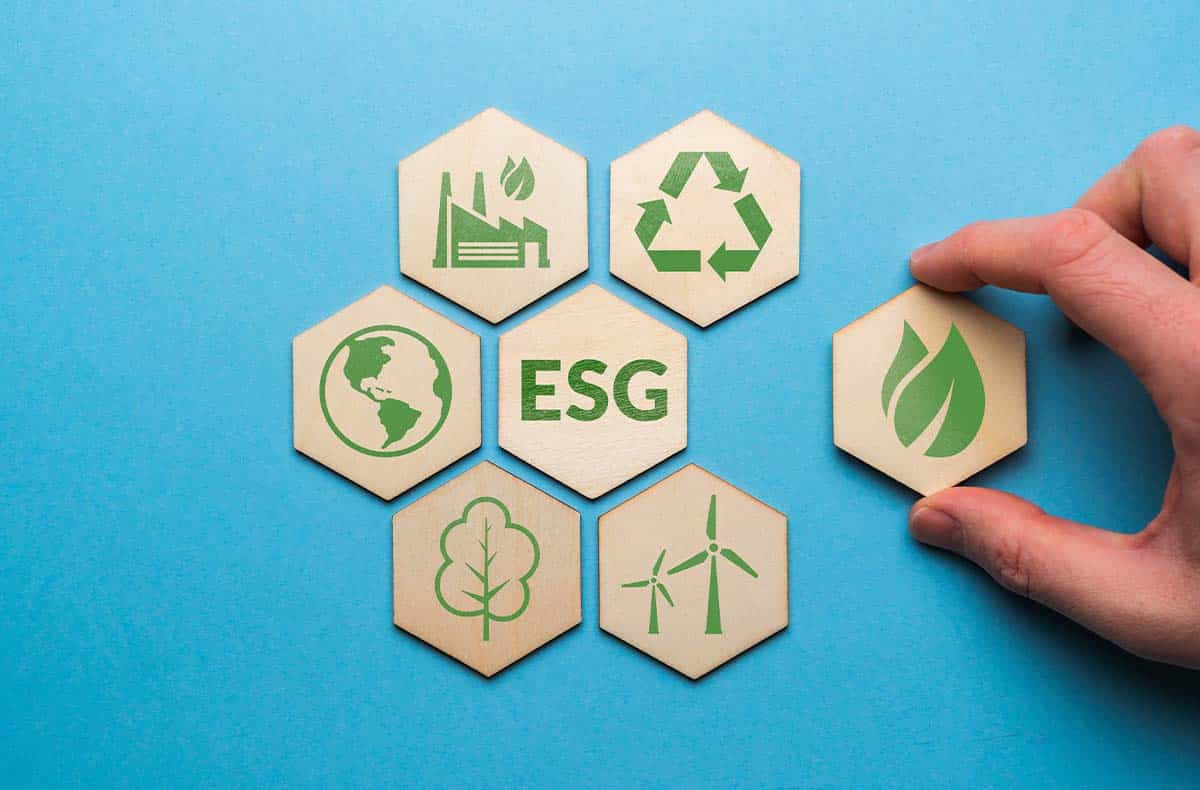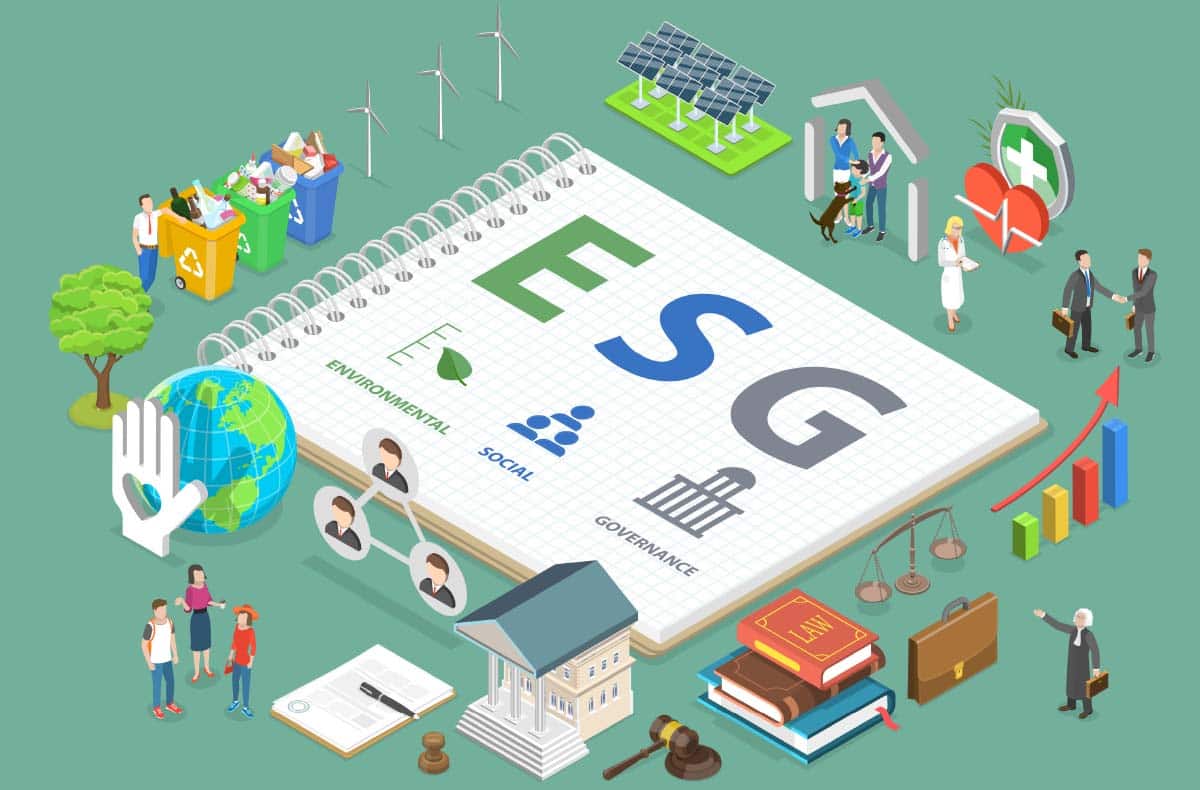
There’s a growing concern in ESG circles that environmental, social and governance reporting (i.e. ESG) might just become a bit too clever for its own boots.
ESG reporting has moved into the mainstream with significant urgency in recent years. However, the alphabet soup of associated acronyms—GRI, SASB, CDSB, IIRC or TCFD, to name just five global sustainability initiatives and options—puts a break on ESG becoming a mainstream metric. This in turn leads to confusion and is intimidating. It can overwhelm anyone wanting to grasp the basics.
Key to understanding it all is to break these frameworks down into their respective functions. There are four main categories: standards, frameworks, ratings, and indices.
First are standards that govern the metrics based on processes that provide specific rules for ESG measurement and disclosure. ESG standards dictate what organisations must report. Examples of standards are the Global Reporting Initiative (GRI) and Sustainability Accounting Standards Board (SASB).
Introduced in 1997, GRI is the most widely used standard with a holistic and outward looking approach that works with stakeholders to determine how an organisation impacts the world. Frameworks are high-level guidelines that provide principles and guidance for how information should be disclosed. Carbon Disclosure Standards Board (CDSB), International Integrated Reporting Council (IIRC), Carbon Disclosure Project (CDP) and Task Force on Climate-related Financial Disclosures (TCFD) comprise some of the most popular frameworks currently being used.
Next come ratings which include agencies that collate information through surveys and other methodologies to gather ESG data from different organisations. Sustainalytics, a popular one, has a mission to “provide the insights required for investors and companies to make more informed decisions that lead to a more just and sustainable global economy.” Lastly there are indices that compile data into a single metric to represent a particular market or strategy. Indices allow investors to track the performance of a company through their ESG reports. Dow Jones Sustainability Indices (DJSJ), FTSE4GOOD and Bloomberg all provide opportunities to be listed for organisations that demonstrate continuous improvements in a variety of economic, environmental and social criteria.
There are steps currently being taken to bring clarity to the sustainability reporting ecosystem and in July of 2020, the Sustainability Accounting Standards Board (SASB) and the Global Reporting Initiative (GRI) announced a collaborative work plan. Following this, in September 2020, five of these global organisations, CDP, CDSB, GRI, IIRC and SASB—whose frameworks and standards guide most sustainability integrated reporting—announced a shared vision and intent to collaborate on comprehensive corporate reporting. In June 2021, IIRC and SASB have officially announced their merger to form the Value Reporting Foundation (VRF).
While there is a vision to simplify the reporting process, it will take time. The newly established International Sustainability Standards Board (ISSB) is expected to develop a global standard of sustainability disclosures for financial markets. It will consolidate VRF and CDSB by June 2022 but it is still uncertain how the most popular standard, GRI, will fit into the narrative. The various standard setters will have to work with each other for a vision of a global standard to materialise.
So there you have it. It’s not really baffling at all. All you need to remember is the difference between your standards, frameworks, ratings and indices. Merger and consolidation seem to be the watchwords of the moment. The world needs intelligible systems to work with if we’ve any hope of reaching a carbon neutral goal by 2050. So don’t roll your eyes when you’re next confronted with a wall of confusing sustainability data. Roll up your sleeves and start learning this stuff. How will you apply it to your business? It’s essential you try. We’ve run out of time to do nothing.


